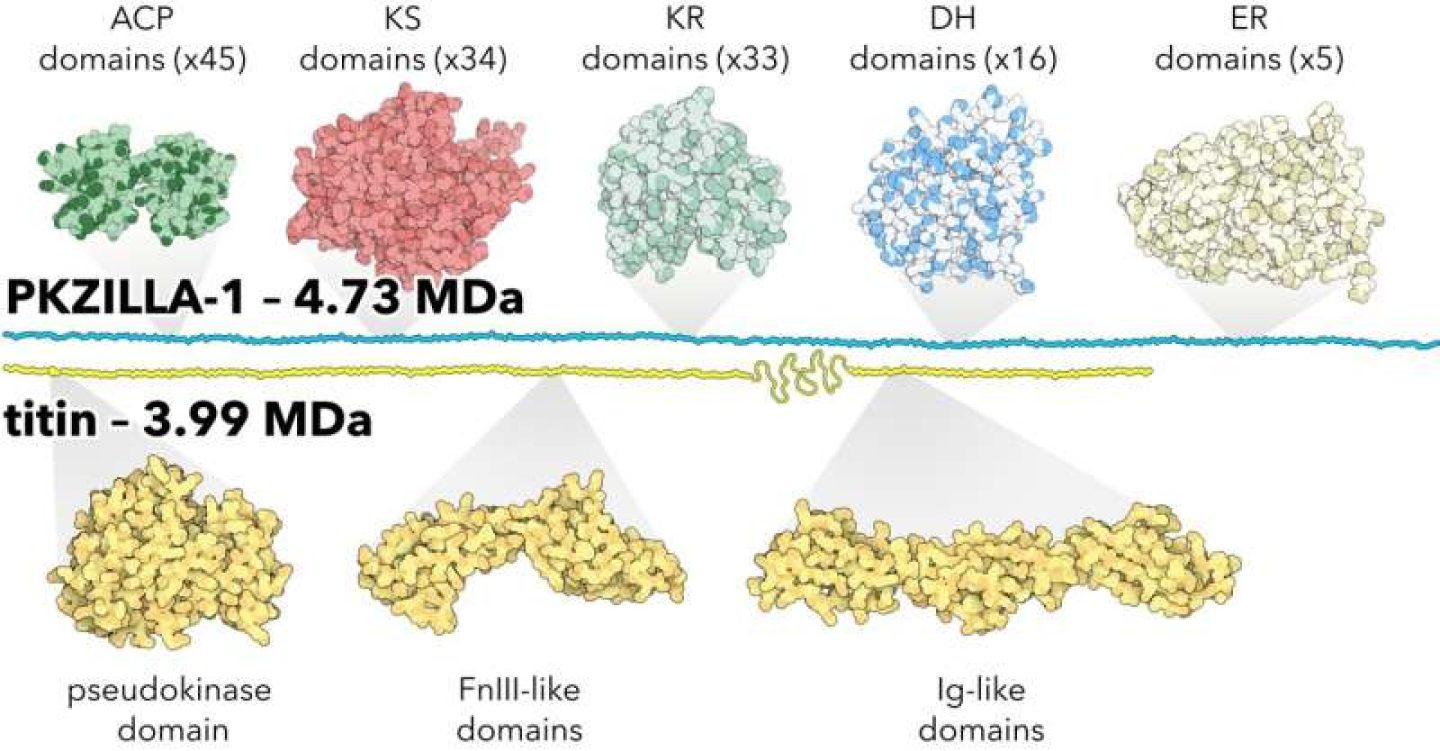
Highlights
- UC San Diego scientists uncover the largest protein ever identified, PKZILLA-1.
- The study reveals new biological mechanisms for chemical synthesis in algae.
- Findings could enhance monitoring of harmful algal blooms and advance medicinal chemistry.
Researchers at UC San Diego's Scripps Institution of Oceanography have identified the largest protein ever discovered in biology, named PKZILLA-1. This breakthrough came during an investigation into how the marine alga Prymnesium parvum produces its potent toxin, prymnesin, responsible for extensive fish die-offs globally. The study, published in Science, not only reveals the giant protein but also introduces new biological strategies for chemical assembly, potentially unlocking innovative approaches in medicine and materials science.
Largest Protein Yet Discovered Builds Algal Toxins
In a significant scientific breakthrough, researchers at UC San Diego's Scripps Institution of Oceanography have uncovered the largest protein ever identified, PKZILLA-1, while studying how the marine alga Prymnesium parvum produces its intricate toxin, prymnesin. This discovery expands our understanding of biological capabilities, as PKZILLA-1 is 25% larger than the previous record-holder, titin, a protein found in human muscles.
The study, published in Science, highlights how the giant protein PKZILLA-1, along with another large protein, PKZILLA-2, plays a crucial role in the production of prymnesin. The researchers also identified unusually large genes responsible for encoding these proteins, which could improve the monitoring of harmful algal blooms by detecting these genes rather than the toxins themselves.
Bradley Moore, a marine chemist and senior author of the study, emphasized the significance of these findings in understanding nature's chemical processes. The discovery of the PKZILLA proteins sheds light on previously unknown strategies that algae use to assemble complex chemicals, which could be harnessed to develop new medicinal and industrial applications.
The research team's approach involved sequencing the genome of Prymnesium parvum and using innovative genetic techniques to locate the genes responsible for toxin production. The resulting PKZILLA-1 protein, with a mass of 4.7 megadaltons, is a record-breaking discovery that reveals the intricate cellular machinery behind toxin assembly in algae.
The implications of this research are far-reaching, offering potential for more effective monitoring of algal blooms and providing new insights into the synthesis of complex chemicals in nature. This could pave the way for advancements in creating novel pharmaceuticals and materials.
For more details
- Timothy R. Fallon et al. ,Giant polyketide synthase enzymes in the biosynthesis of giant marine polyether toxins.Science385,671-678(2024).DOI:10.1126/science.ado3290
